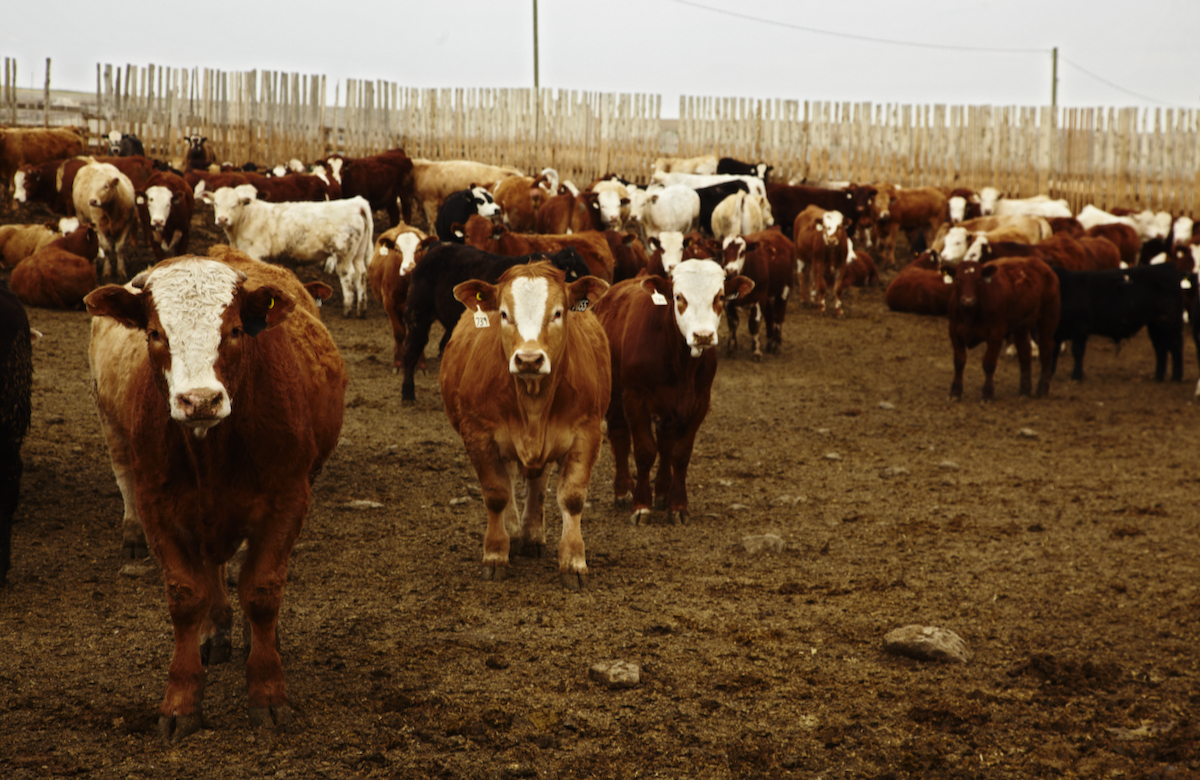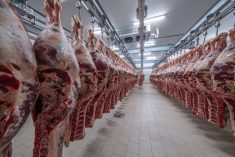Statistics Canada issued its estimates of Canadian hog inventories for the first quarter of 2009. StatsCan’s analysis follows.
On April 1, Canadian farmers had an estimated 11.9 million hogs on their farms, down 1.1 million or 8.6 per cent from the same date last year. This is the first time since January 1998 that the hog inventories in Canada are below 12 million.
Hog inventories have been declining for the past three years. High feed costs, soft slaughter prices, and the implementation of country-of-origin-labelling (COOL) legislation in the United States have led to farm restructuring and farm closures in Canada. Provinces that relied on exports to the U.S. or that lost slaughter capacity were most affected.
Read Also

U.S. livestock: Cattle at fresh highs, hogs weaken
Cattle futures on the Chicago Mercantile Exchange climbed to fresh highs on Tuesday, as tight supplies and the ongoing closure…
At April 1, Canada had 8,300 hog operations; about 1,000 fewer farms than one year ago as several hundred producers took advantage of the federal government’s Cull Breeding Swine Program to dispose of their breeding herd. In addition, the domestic slaughter of hogs increased 3.9 per cent compared with the first three months of 2008 as slaughter capacity improved in some regions.
Hog producers exported an estimated 1.7 million hogs in the last three months, down 42.8 per cent from the peak reached in the first quarter of 2008.
The number of sows fell 6.0 per cent from a year ago. Despite variation among provinces the number of sows in the West fell 8.5 per cent and 3.9 per cent in the East. Sows expected to farrow during the second and third quarters of 2009 are down 6.6 per cent and 5.6 per cent respectively from the same period last year.
In June 2008 corn and barley prices reached historical highs. Despite the large price decrease in coarse grains since July 2008, the feed grain price still remains above the previous five-year average.
Feed costs and slaughter prices continue to squeeze the profit margins of hog farmers. The financial pressure on hog producers can be highlighted by examining the results of a calculation that divides the hog price by a feed cost. The higher the ratio, the better the situation is for hog producers. Recent data show that the Ontario hog-corn ratio increased from 9.6 in 2008 to 13.7 in March 2009. The hog-barley ratio in Alberta increased from 10.0 in 2008 to 17.6 in March 2009. Although there was improvement in these ratios over the past year, they still remain lower than the 10-year average, at 19.8 and 21.2 respectively.















